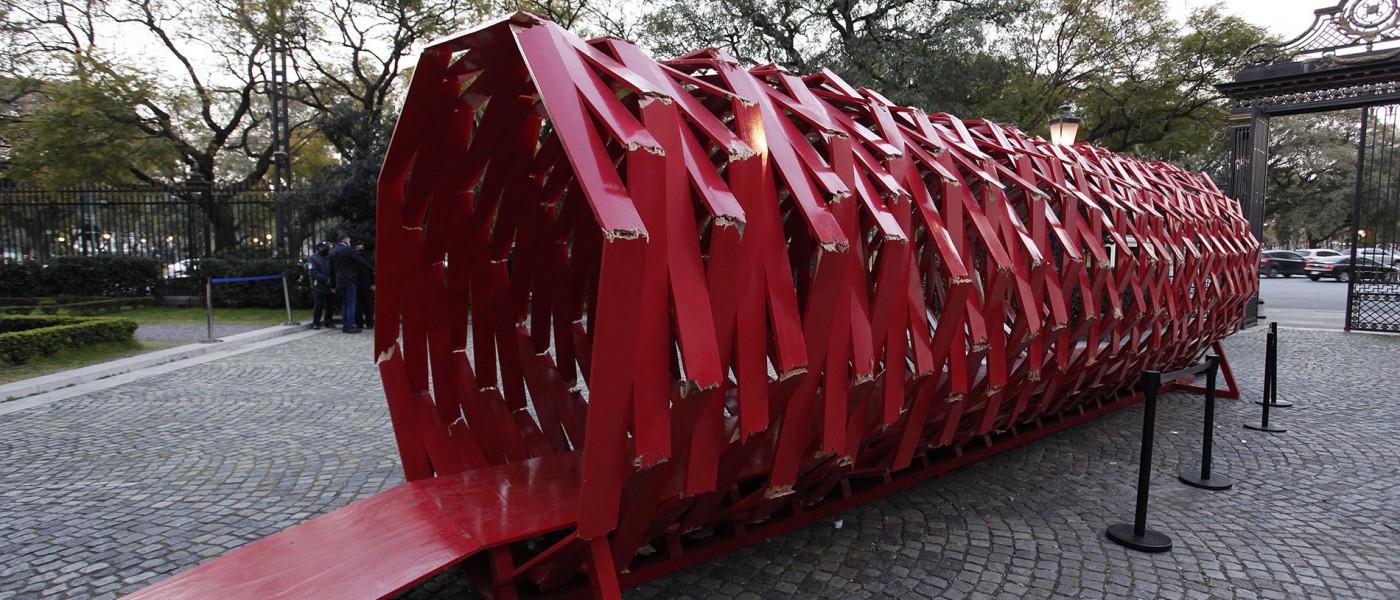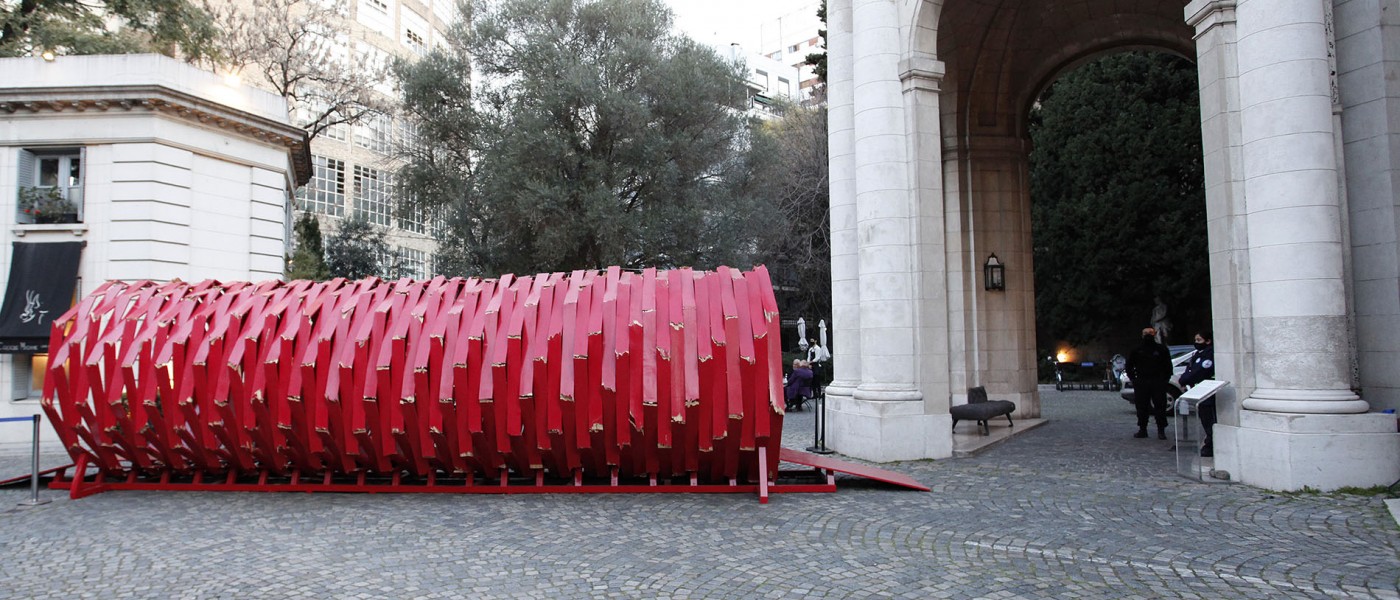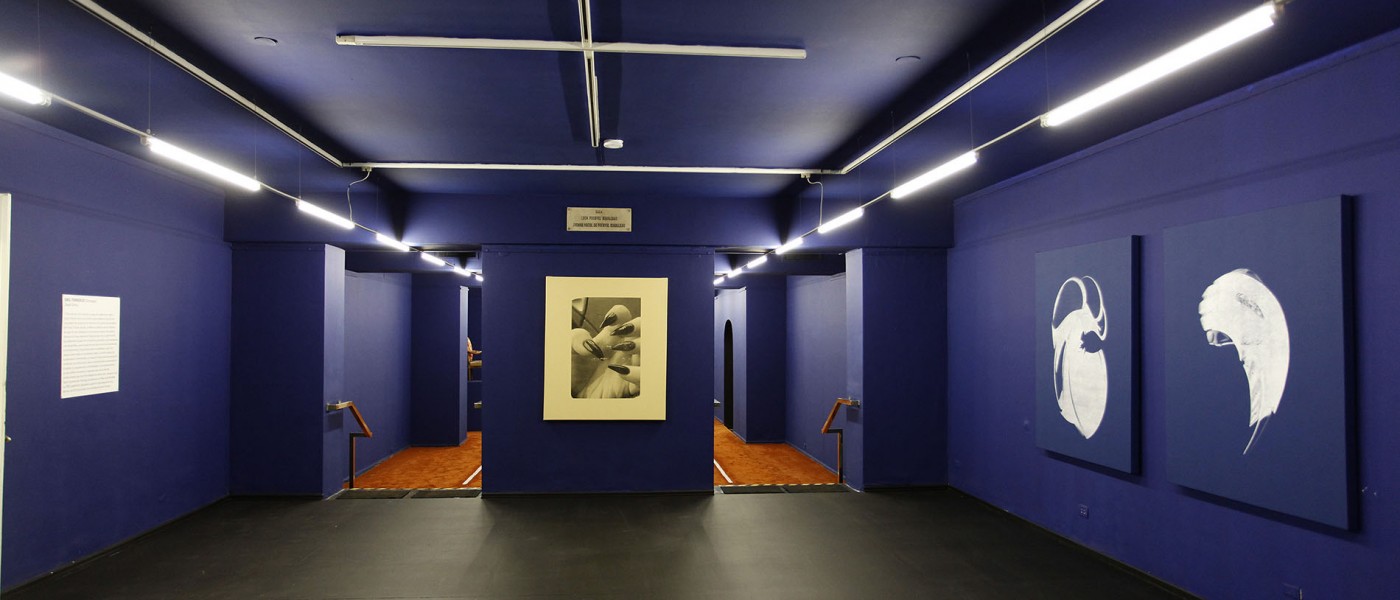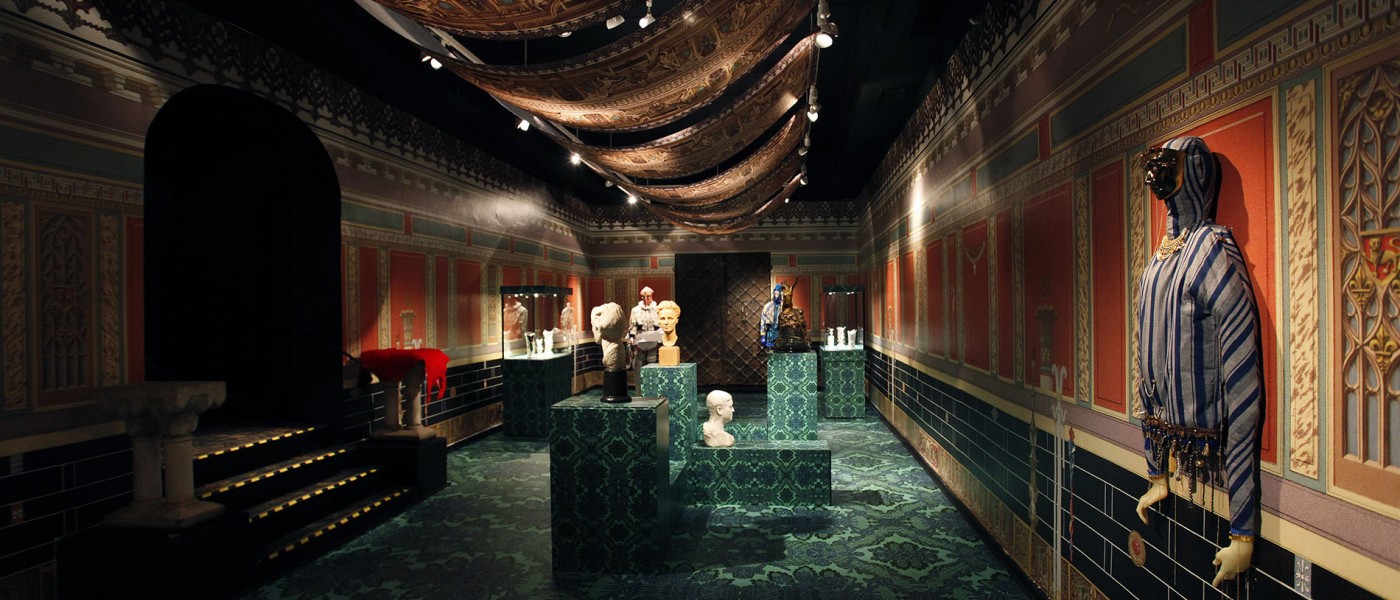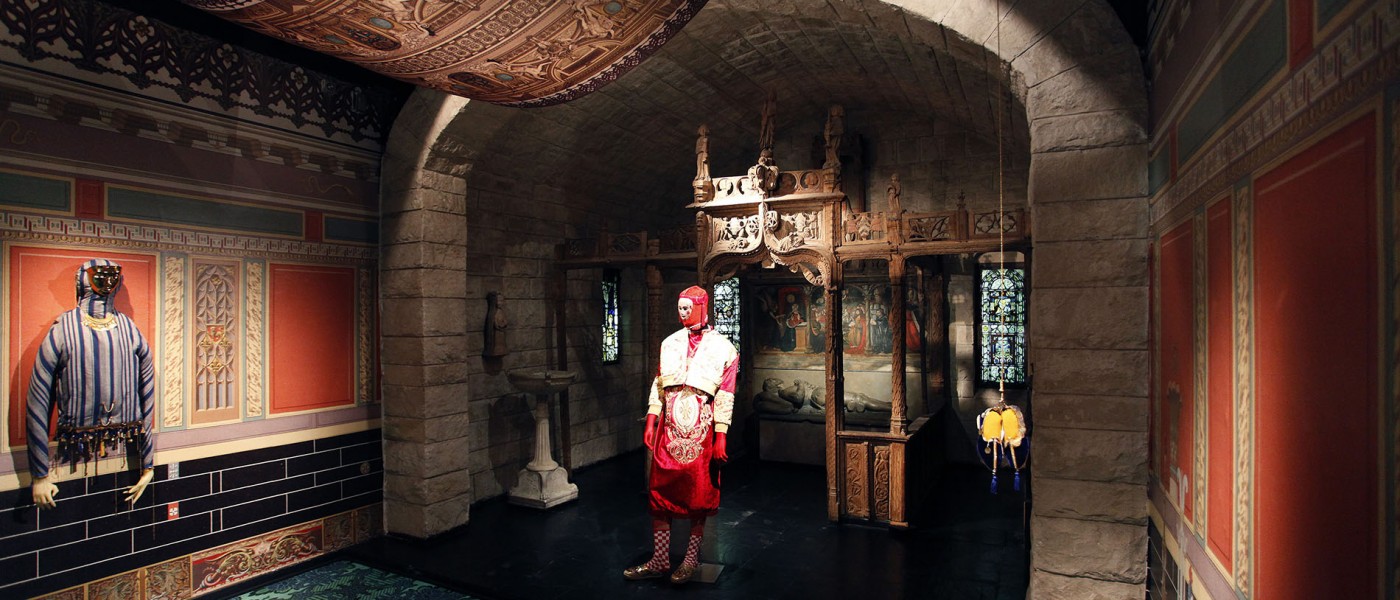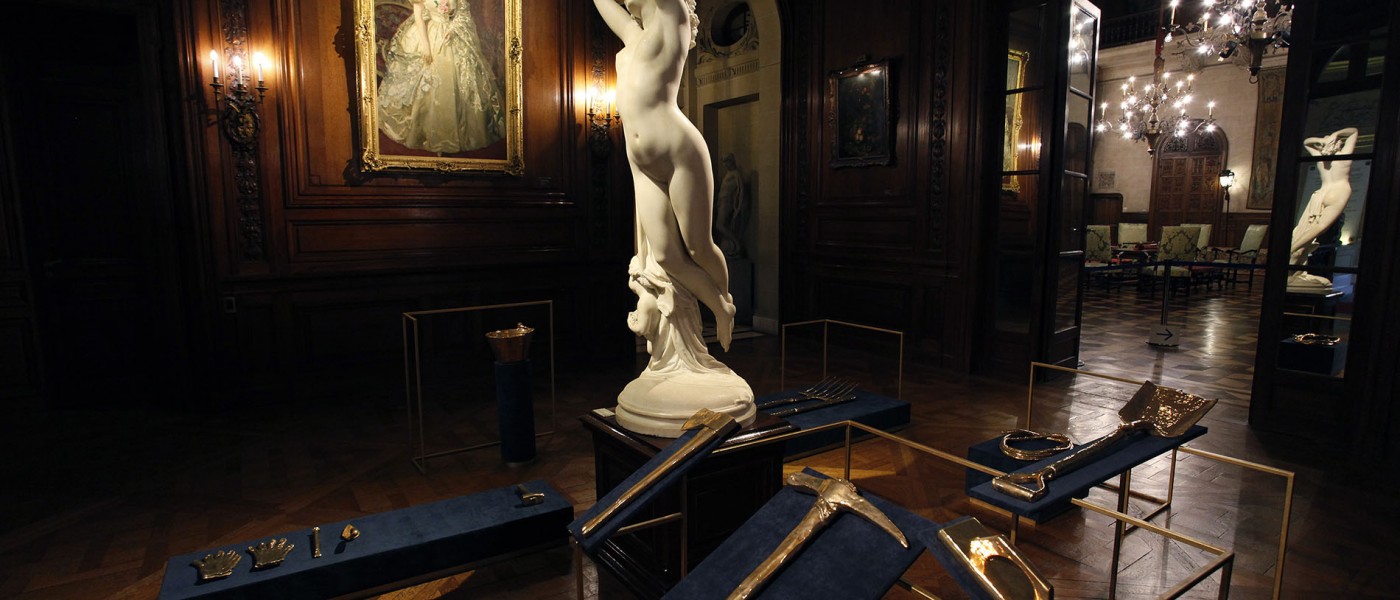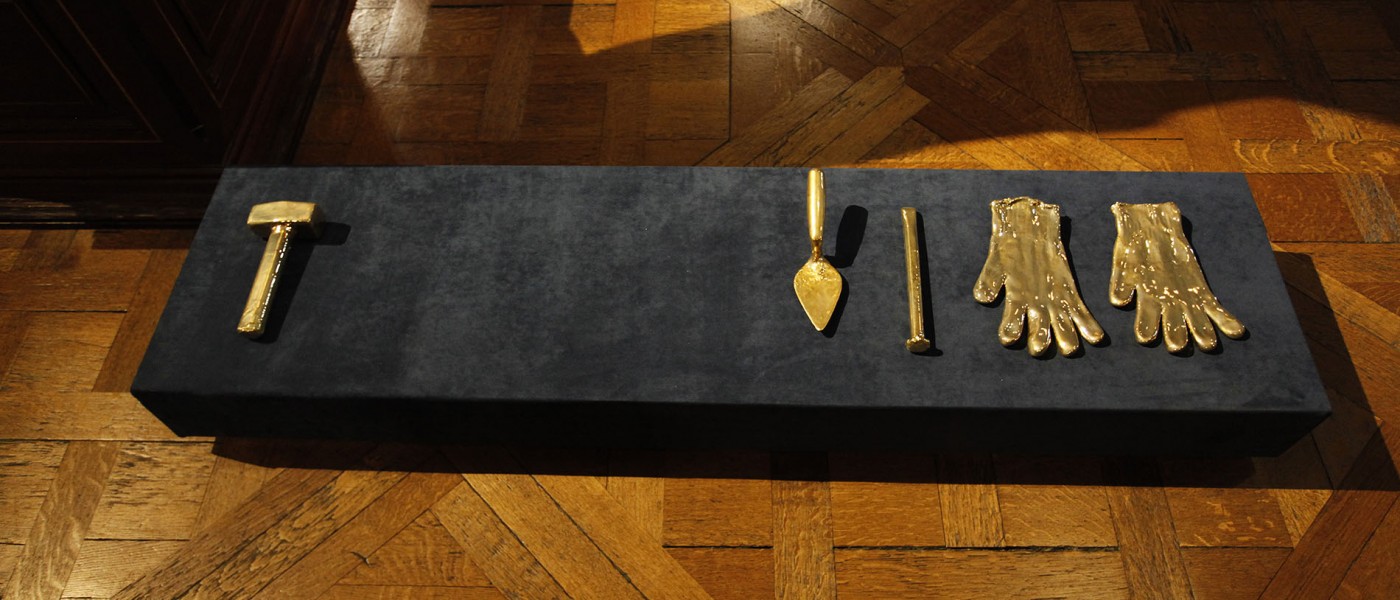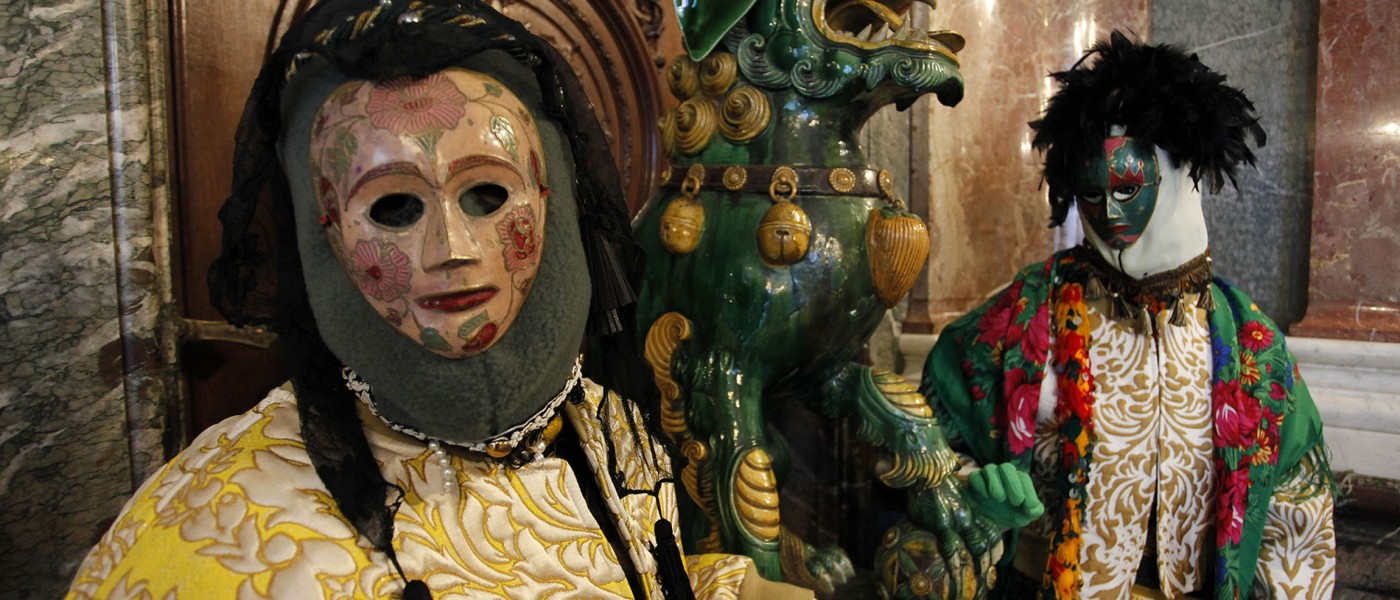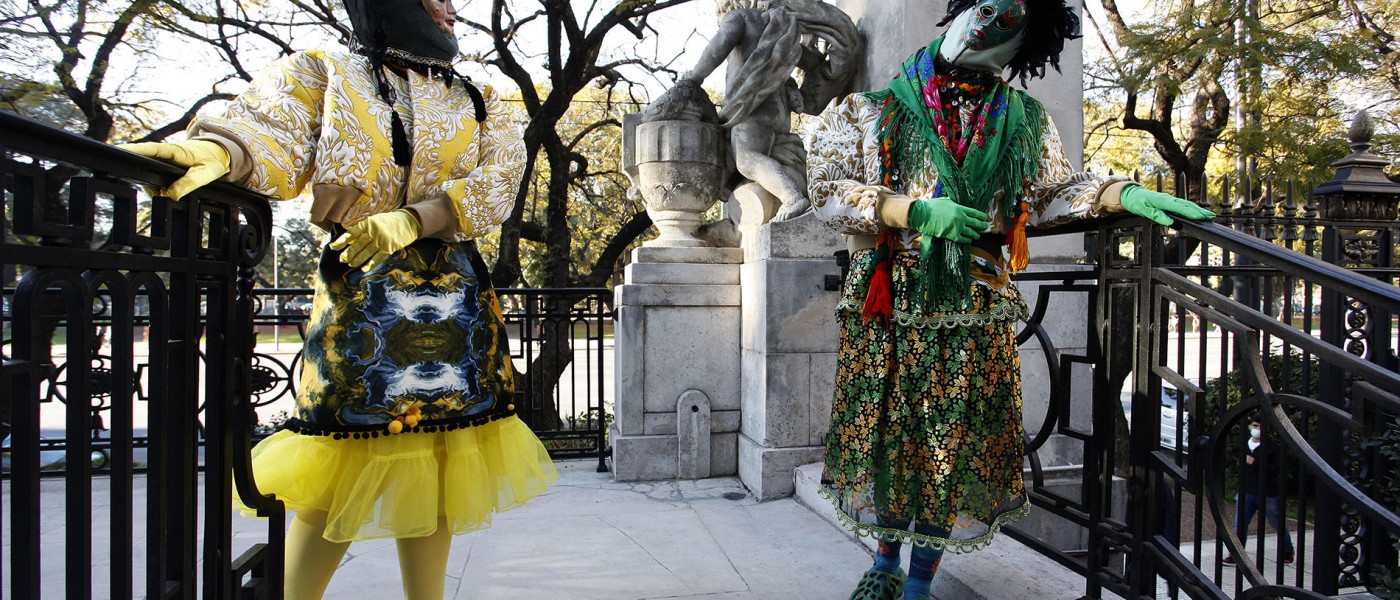Opening: August 27th
Exhibition open to the public from Saturday August 28 th
Visits: Tuesday to Sunday from 1 p.m. to 7 p.m.
Reservations required on the website of the National Museum of Decorative Art
Why do we still look at the palaces of Buenos Aires with nostalgia? The admiration of this opulent architecture is often accompanied by a feeling of decadence in the face of the present, conceiving them as evidence of a glorious time that we have lost. However, in this fantasy that revives life in its halls and projects us into it, its underlying conditions of possibility are forgotten: the extreme inequality between regions of the country and between social classes.
We therefore place ourselves in the National Museum of Decorative Art, addressing the power of its evolution - from aristocratic residence to public museum - through a question: how can we uphold an appreciation of this heritage that can trigger other desires and perspectives based on the aesthetic enjoyment produced by the ornamental exuberance of this building and its collection?
We explore possibilities based on site-specific settings and installations that engage in an irreverent dialogue with its historicity and thus enable other meanings. They propose commoner fantasies through operations of construction, reconstruction and deconstruction that escape the nostalgia for the belle époque. They invert signs, values and spatial logics, propose other orders of design, highlight contrasts and stretch existing stylistic incoherencies to the extent of pastiche and kitsch as strategies for critically revising heritage, expanding enjoyment towards new horizons of collective imagination.
Leandro Martínez Depietri
About the works that integrate the exhibition 1. LUCIANA LAMOTHE (Argentina)
Repetition due to Breakage
Sculpture. Wooden rods.
2021
The sculpture is inspired by a reflection on the current crisis, with its disruptive potential, capable of generating new orders and cultural horizons. It towers over the portico of the palace. Its strident colour and cracked wood with protruding ends stand out in contrast to the sobriety of the Paris stone and the sturdiness of the building. It has the shape of a fallen column, even though it is not a prop but a passage that intensifies the perplexing experience of crossing a threshold. The artist attempts to create an immersive situation that forces us to walk through this structure that gives the impression of being on the verge of collapse. Its crack points, however, represent a constructive paradox as they are precisely what keeps it upright. While the surrounding architecture was conceived for an eternity of grandiosity and stability envisaged for only a few, the intruder exhibits a contingent design open to the mutations of the future.
2. GABRIEL BAGGIO (Argentina)
The Pampas Are Seen from Within
Enamelled ceramics with gold polish
2016
José Luis Álvarez Collection
While the decorative arts have been dominated by motifs from nature, allegories in the bodies of slender female figures, mythological stories and courtly scenes, Baggio's work relies on a set of tools as an ornamental element. They are a replica, on a real scale, of the ones he used to build an adobe house on the Pampas plains, a work through which he learned this tough craft. He thus inverts the values of traditional ornamentation by concentrating on manual labour over iconographies associated with leisure and the scholarly culture of the affluent classes. Located in the antechamber of the palace, the piece bursts into the narrative conveyed by the objects bequeathed by the Errázuriz Alvear family, its former owners, in contrast with their portraits. While the title asserts a change of perspective on the countryside, its location in the exhibition operates as a memory of the inequality behind the exuberance of this architecture. It critically questions the public heritage through the plebeian seduction of its forms.
3. EMIL FINNERUD (Norway) Death Drive 2021 Installation. Silkscreens, sculptures in dry, bronze wood, 3D prints and various parts of a Porsche 911, brick dust, paint. The title of this work is a play on words. Death Drive is both a deadly car race and the death drive in Freud's psychoanalytical theory. The double entendre, a favourite concern of Surrealism, gives rise in this installation to a sinister scene of baroque style in which fragmented elements of a luxury car become ornaments present in the sculptures and silkscreens, which are scattered around a tennis court rendered estranged. These parts were modeled from those involved in real accidents. The atypical gathering of ornamental ostentation and a traditionally exclusive sport constitute a critique of contemporary culture based on merit, competition, and individualism. Its location in this building recalls a key episode in revolutionary history that was immortalized in a painting by Jacques-Louis David, The Ball Game Oath at the Palace of Versailles in 1789, when the deputies occupied this recreational space of King Louis XVI and demanded a constitution for France. 4. MEHRYL LEVISSE (France) The Naive Decorators 2021 Installation. Printing on vinyl, manufactured textiles, masks Mehryl Levisse divides his time between France and Morocco, drawing on multiple artistic traditions for his work. While Orientalism in the decorative arts has developed an exoticising gaze on the aesthetics of Asia and North Africa, Levisse performs a similar irreverent operation on the Western canon and on the eclecticism that distinguishes the great architecture of Buenos Aires at the turn of the nineteenth century. The Errázuriz Alvear Palace has several halls, each designed according to a different style within the canonical history of art. This eclectic design that operated symbolically as a token of class, sophistication, and worldly knowledge contrasts with an analogous process in Levisse's installation that takes hybridization to the extreme of pastiche and kitsch. Its exuberant forms are the result of the casual encounter of elements ranging from Pompeian walls to rococo, from medieval illuminated manuscripts to Venetian carnival masks. They give rise to new perspectives of the body and its attire in an milieu of singular beauty, which also contains objects from the museum's collection, and can be seen as a ludic and challenging appropriation of tradition and academic narratives.
As part of the Public Programmes of BIENALSUR 2021, which include activations of the exhibitions, among other in person and online actions, performances will be staged by graduates from the Contemporary Dance Workshop of the San Martín Theatre every Sunday at 4pm from August 29 th to October 24 th
BIENALSUR 2021 presents Commoner Fantasies with the support of the Cultural Heritage Secretariat of the National Ministry of Culture. The BIENALSUR 2021 presentation of Norwegian artist Emil Finnerud is supported by the Nordisk Kultur Fond (NKF) and the Office for Contemporary Art Norway (OCA). The French Embassy in Argentina, the Institut Francais and the Alliance Française accompany the exhibitions of French artist Mehryl Levisse. And and Atilio Bugliotti accompany the Argentine artist Luciana Lamothe.
Photography: The Pampas Are Seen from Within, by Gabriel Baggio (2015). Enamelled ceramics with gold polish. José Luis Álvarez Collection. Photo by Nicolás Levin.

